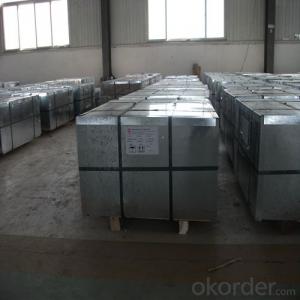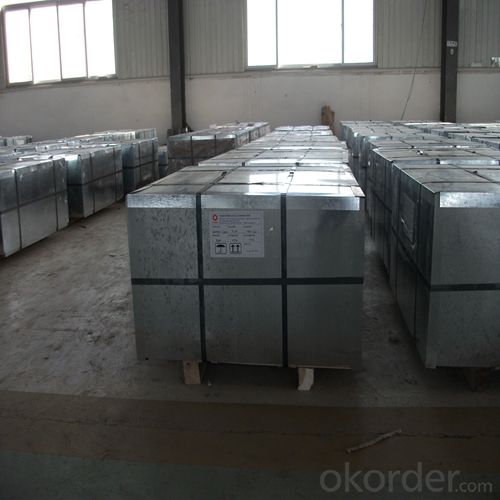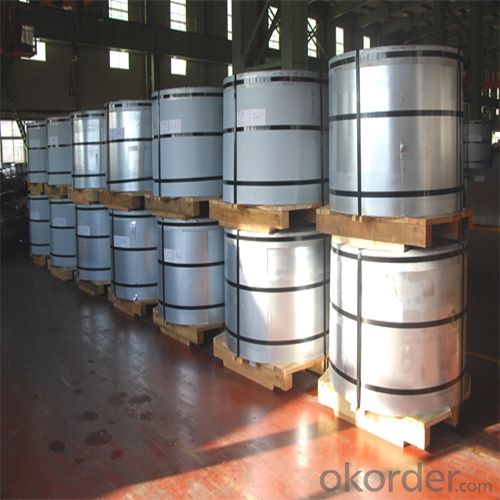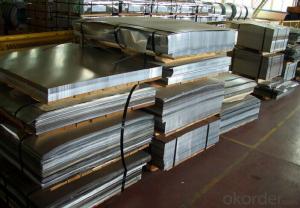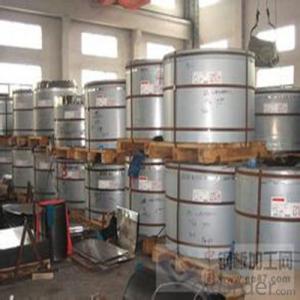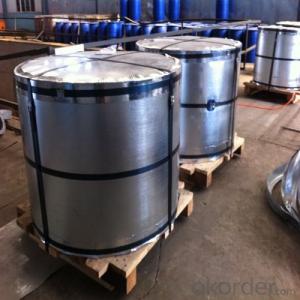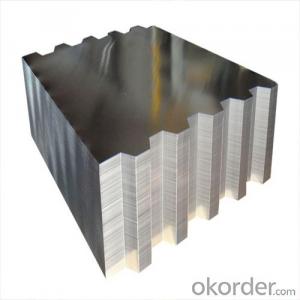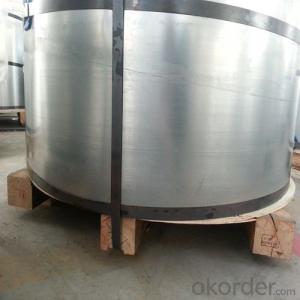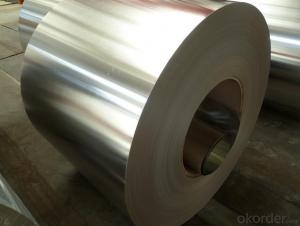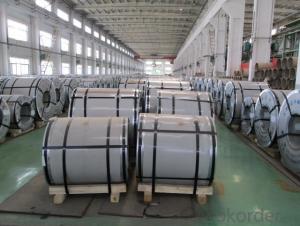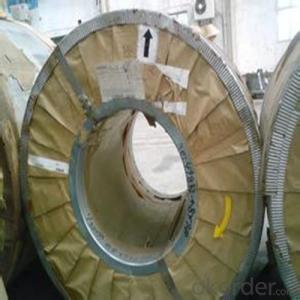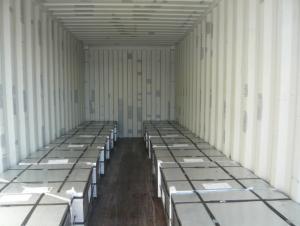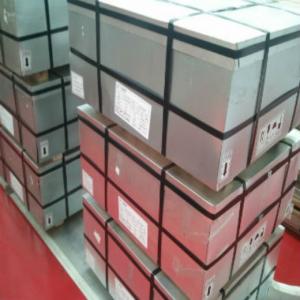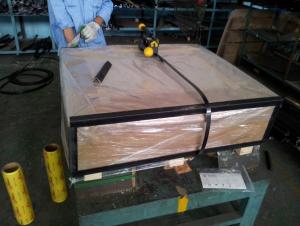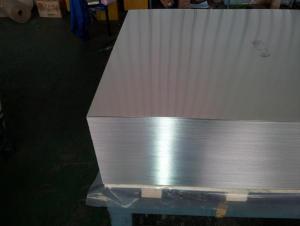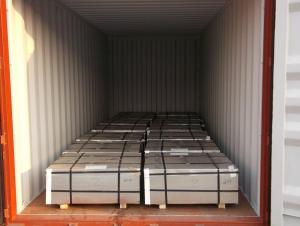Electrolytic Tinplate of Prime Quality for Chemical Use 0.32mm Thickness
- Loading Port:
- Qingdao
- Payment Terms:
- TT or LC
- Min Order Qty:
- 25 m.t.
- Supply Capability:
- 30000 m.t./month
OKorder Service Pledge
OKorder Financial Service
You Might Also Like
1.Structure of Electrolytic Tinplate of Prime Quality for Chemical Use 0.32mm Thickness Description
Electrolytic Tinplate, is one thin steel sheet with a coating of tin applied by electrolytic deposition. Tinplate made by this process is essentially a sandwich in which the central core is strip steel. This core is cleaned in a pickling solution and then fed through tanks containing electrolyte, where tin is deposited on both sides. As the strip passes between high-frequency electric induction coils, it is heated so that the tin coating melts and flows to form a lustrous coat.
2.Main Features of the Electrolytic Tinplate of Prime Quality for Chemical Use 0.32mm Thickness
The salient feature of DR Tinplate is the combination of higher strength and sufficient ductility, which enables much thinner Tinplate to be used, compared to Single Reduced Tinplate resulting in Substantial economic savings.
According to the steel chemistry and annealing process, the second reduction (DR08) can be between 27% to 40%, thereby producing strengths upto 550 +/-50 N/mm2, whereas single reduced material has strength less than 450 N/mm2 &DR 09 (Hard DR) is produced at temper mill with reduction % in range of 27-35 % & will strength upto 690 N/mm2 to the produced material.
Tinning is the process of thinly coating sheets of wrought iron or steel with tin, and the resulting product is known as tinplate. It is most often used to prevent rust.
While once more widely used, the primary use of tinplate now is the manufacture of tin cans. Formerly, tinplate was used for cheap pots, pans and other holloware.
3.Electrolytic Tinplate of Prime Quality for Chemical Use 0.32mm Thickness Images
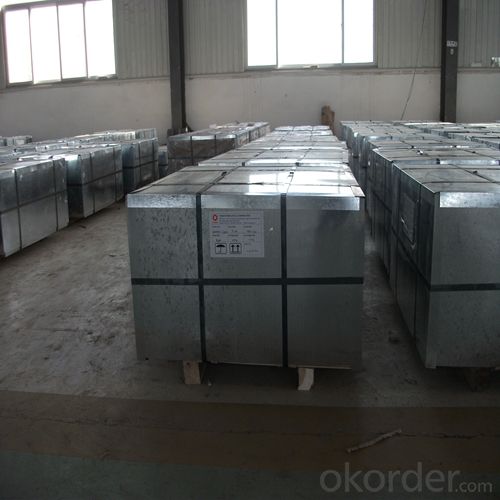
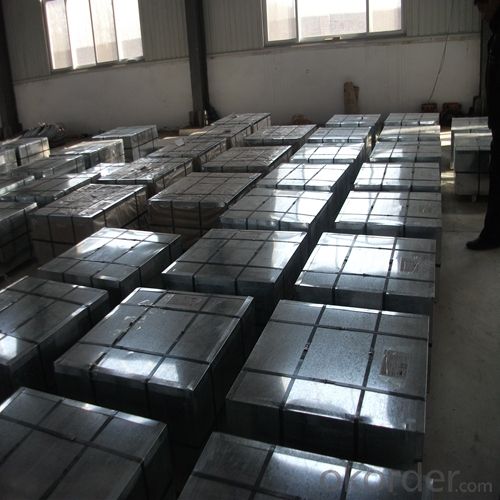
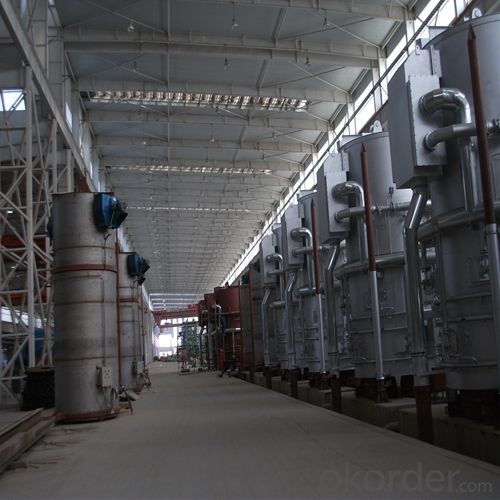
4.Electrolytic Tinplate of Prime Quality for Chemical Use 0.32mm Thickness Specification
Standard: ISO 11949 -1995, GB/T2520-2000,JIS G3303,ASTM A623, BS EN 10202
Material: MR
Thickness:0.32mm
Width: 600mm -1150mm
Temper: T1-T5
Annealing: BA & CA
Coil Inner Diameter: 508mm
Weight: 6-10 tons/coil 1~1.7 tons/sheets bundle
Passivation:311
Oil: DOS
Surface: Finish,bright,stone,matte,silver
5.FAQ of Electrolytic Tinplate of Prime Quality for Chemical Use 0.32mm Thickness
- How are the tinplates specified?
The tinplates are specified as per the steel base, extent of tempering, the coating weight, annealing method and the surface finish.
- How many types there are for base steels?
The base steels are of three types: Type MR, L, D
- Q: What are the typical dimensions of tinplate sheets?
- The typical dimensions of tinplate sheets can vary, but they are commonly available in sizes of 2.5 feet by 3.5 feet or 4 feet by 8 feet.
- Q: The difference between a matte tin plate and a bright tin plate
- Silver tinplate:Silver surface processing refers to the original plate in plating passivation treatment after reflow treatment and the surface has a unique stable luster; after printing and coating, the operation of creating a gorgeous and elegant atmosphere, used in the manufacture of advanced art cans, nuts, etc..
- Q: What are the common challenges faced in the production of tinplate?
- Some common challenges faced in the production of tinplate include ensuring consistent tin coating thickness, preventing surface defects such as scratches and dents, maintaining proper adhesion between tin and steel, controlling the tin plating process parameters such as temperature and time, and managing the environmental impact of tinplate production, particularly in terms of waste disposal and chemical usage.
- Q: What are the main applications of tinplate in the paint industry?
- Tinplate is commonly used in the paint industry for the manufacturing of metal paint cans, which are widely used for packaging various types of paints and coatings. Tinplate's ability to resist corrosion and provide a protective barrier makes it an ideal material for storing paint. Additionally, its light weight and durability make it convenient for transportation and handling.
- Q: How to distinguish galvanized plate and tin plate
- General galvanized sheet used in home appliances and electronics industry, thicker. Tin plate, tinplate, used in packaging industry, thinner.
- Q: What are the different types of tinplate cans available?
- There are several different types of tinplate cans available, including food cans, beverage cans, aerosol cans, paint cans, and general packaging cans.
- Q: What are the main export markets for tinplate?
- The main export markets for tinplate include countries such as China, Japan, Germany, South Korea, and the United States.
- Q: What are the main applications of tinplate in the automotive industry?
- Tinplate is primarily used in the automotive industry for various applications such as fuel tanks, engine covers, battery casings, and other components that require corrosion resistance and durability. It provides protection against rust and enhances the overall aesthetic appeal of these parts.
- Q: How is tinplate cleaned and maintained?
- Tinplate is commonly cleaned and maintained by first wiping it with a soft cloth or sponge soaked in warm soapy water. Any stubborn stains can be gently scrubbed with a non-abrasive cleaner or baking soda paste. After cleaning, it is important to thoroughly dry the tinplate to prevent rusting. To maintain its shine, applying a thin coat of food-grade oil or wax can help protect the tinplate from moisture and oxidation.
- Q: How is tinplate coated for beverage cans?
- Tinplate is coated for beverage cans through a process called electrolytic tin-plating. In this process, a thin layer of tin is applied onto the surface of the steel sheet, which acts as a protective coating. The steel sheet is first cleaned and then passed through an electrolyte solution containing tin ions. An electric current is applied, causing the tin ions to bond with the steel surface, resulting in a uniform and corrosion-resistant tin coating. This tin coating ensures that the beverage cans remain safe and preserves the flavor and quality of the drink inside.
Send your message to us
Electrolytic Tinplate of Prime Quality for Chemical Use 0.32mm Thickness
- Loading Port:
- Qingdao
- Payment Terms:
- TT or LC
- Min Order Qty:
- 25 m.t.
- Supply Capability:
- 30000 m.t./month
OKorder Service Pledge
OKorder Financial Service
Similar products
Hot products
Hot Searches
Related keywords
